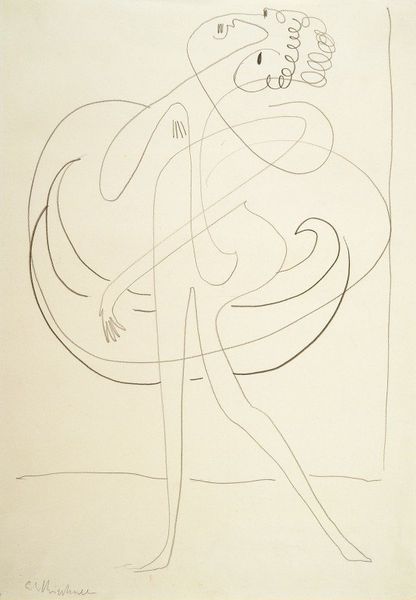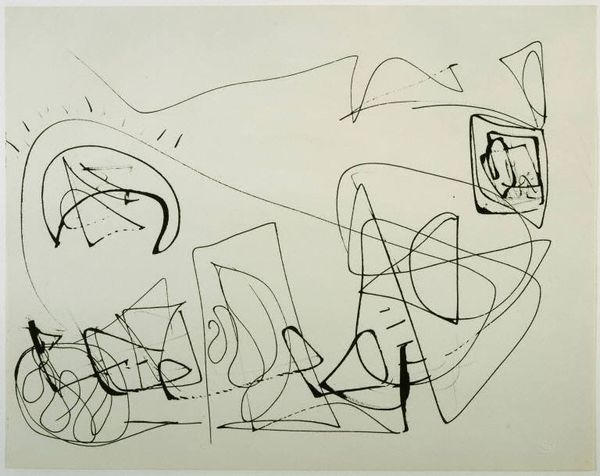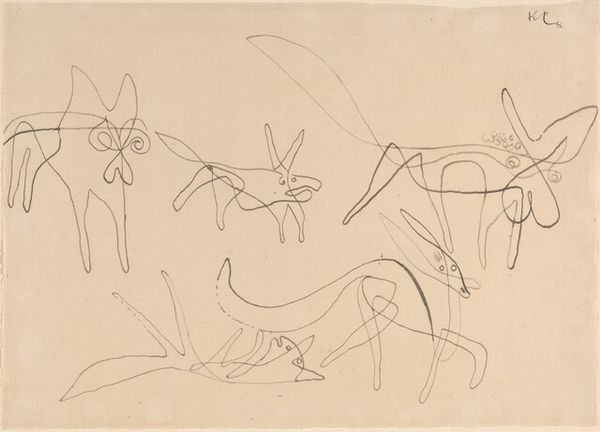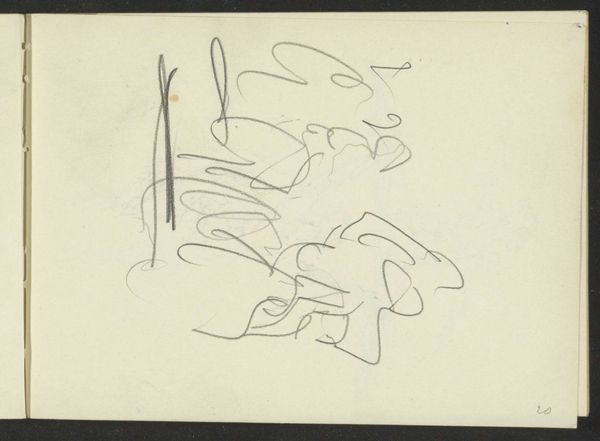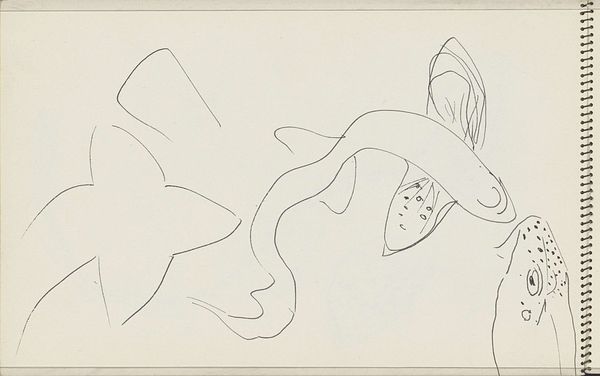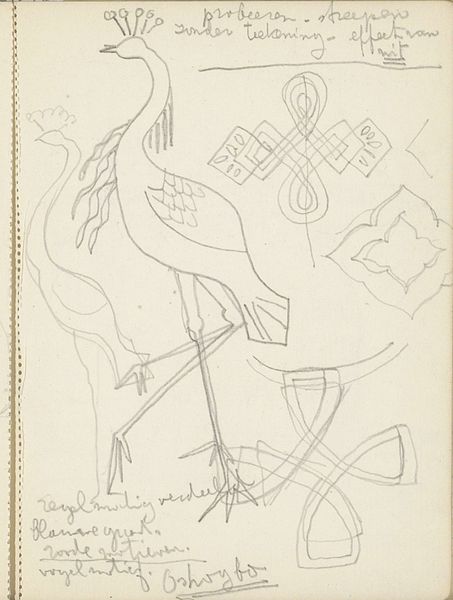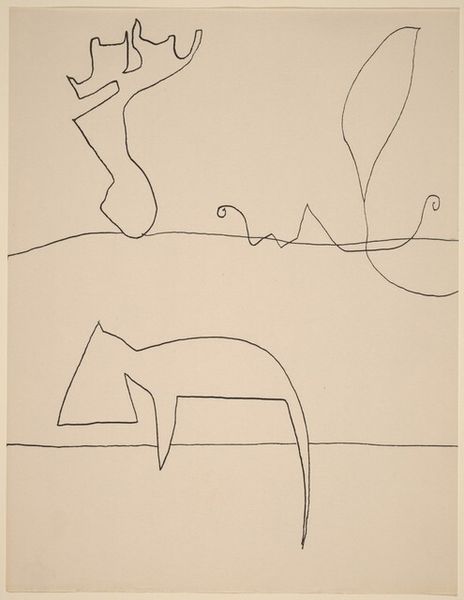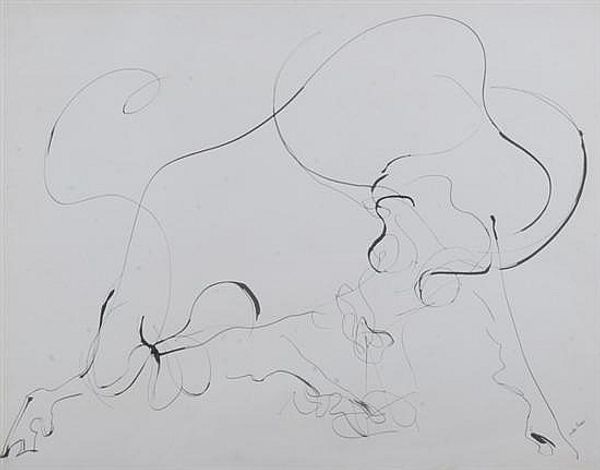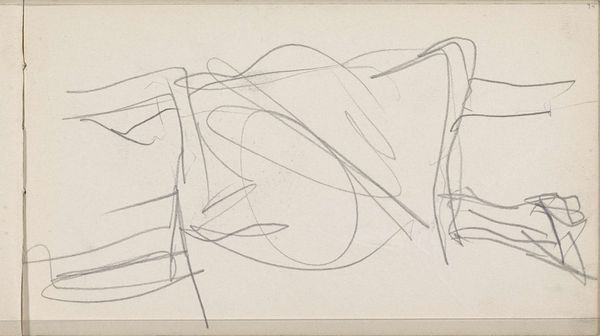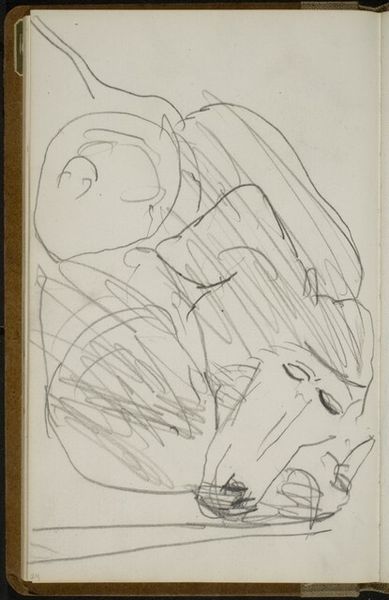
drawing, graphite
#
drawing
#
figuration
#
sketch
#
abstraction
#
line
#
graphite
#
cartoon style
#
bauhaus
#
modernism
Copyright: Johannes Itten,Fair Use
Editor: Here we have "Formfiguren," a 1936 graphite drawing by Johannes Itten. It has this intriguing, almost playful quality despite the minimalist lines. What catches your eye most about this piece? Curator: Given Itten’s Bauhaus association, it’s important to consider how the socio-political climate influenced this work. Notice the fragmented figures; they're rendered with simple, almost childlike lines. What kind of statement do you think that kind of stylistic choice makes at the time? Editor: It feels like maybe a rejection of traditional representation or even some comment on the way war fragments identity and reality? Curator: Precisely. The abstraction here becomes a powerful tool. It reflects the uncertainties and anxieties prevalent in Europe leading up to World War II. The lines could be interpreted as representing broken social structures. How do you feel that ties into Itten’s wider body of work? Editor: It does make me think about the role of the Bauhaus and its eventual closure under pressure. Almost as if the artwork itself embodies that instability. It feels poignant seeing that idea come to life. Curator: Exactly, Itten's later dismissal reflects an art world deeply impacted by power. Art historians often discuss the "public role of art". The history of Itten and the Bauhaus helps to illustrate it. Thank you for your insight; I hadn't considered this connection. Editor: Likewise. Considering the historical pressures adds so much more depth to a seemingly simple piece.
Comments
No comments
Be the first to comment and join the conversation on the ultimate creative platform.
